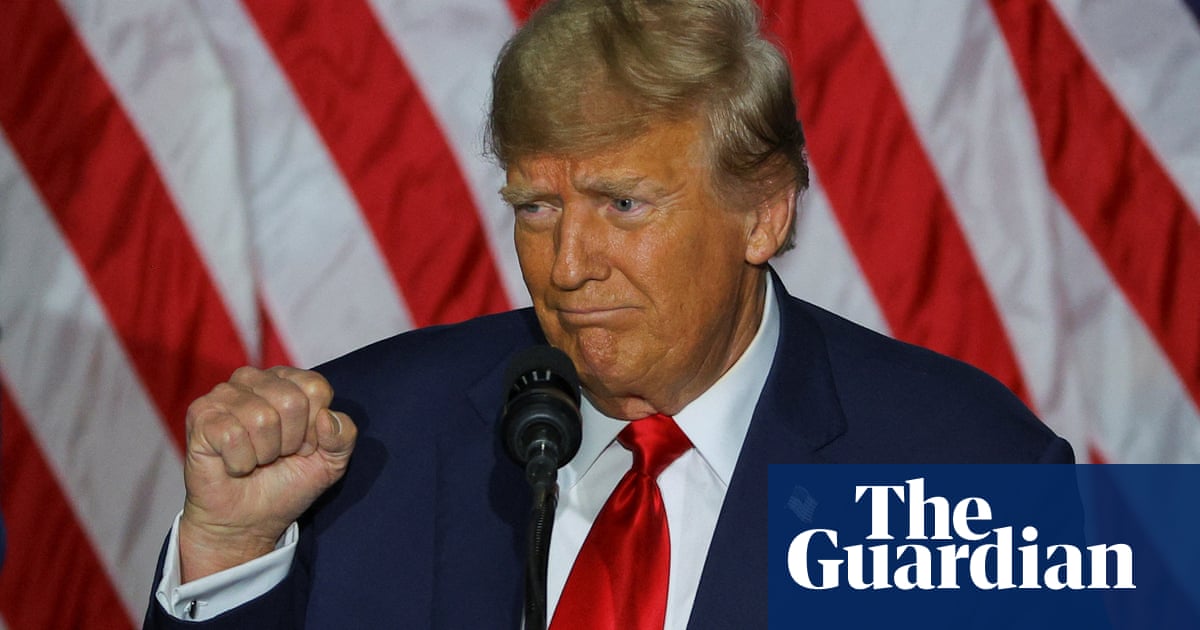
If the movement of oil prices is the only measure for the success of OPEC+ deals, then we would definitely consider this week’s selloff as a bad price signal for the alliance, whose members managed on Sunday — after two weeks of deliberations — to finally strike a deal that will add 400,000 barrels per day (bpd) back to the market from August until the end of the year.
Not taking into consideration where the prices are today compared to Friday, there are two sides to the deal and each has its own justifications. On one side, there are market analysts, speculators and traders, many of whom believe that the amount of crude oil OPEC+ will be pumping is not enough to improve fundamentals by end of this year. This camp includes Citigroup’s Ed Morse; who considers the increase “a pittance.”
On the other side are those who believe that the crude brought back by OPEC+ will offset the hit in demand over the next two months from the delta variant of the coronavirus disease (COVID-19) that is now causing fear in the market. In this camp we would find analysts from Goldman Sachs, who believe that demand will fall by 1 million bpd due to renewed COVID-19 worries.
Regardless of which camp one belongs to, the fact is that the selloff has nothing to do with the OPEC+ decision to extend its deal. Yes, the deal has helped in the slump in oil prices, but it is not the root cause of it.
So how can we measure the success of such a deal? I believe that the OPEC+ deal was good for the longer term. At least it cooled down worries about seeing crude oil prices hitting $100 next year, an assumption that was supported by many traders and analysts until few weeks ago.
But let’s not be fooled by the headlines. OPEC+ is not OPEC. It does not meet twice a year and on an ad hoc basis whenever there is a crisis. OPEC+ has a very prudent approach to how it takes decisions and prices are not the only driver behind their decisions as Russia, which co-chairs this alliance with Saudi Arabia, has breakeven oil prices for its budget way below what most OPEC countries need. Also, this alliance has a different mechanism to meet and review market conditions on monthly basis through the JTC and JMMC.
The whole idea of meeting once a month is a sign that any decision taken by the alliance can be reversed if the market conditions are changed.
I cannot rule out the alliance changing their production plans that they just agreed to if the delta variant hits demand by more than the 1 million bpd forecast, at a time when Iran might ramp up production by 2 million bpd. In all cases, the market is still tight and will remain so until Iran comes back and the delta variant destroys demand. OPEC+ is very dynamic and nothing is set in stone, so the market participants with this alliance will always be on their toes. In my humble view, in these circumstances, any decision by OPEC+ or any forecast by a leading bank or institution cannot be looked at beyond two months. Three months is long term for me, let alone talking about 2022.
• Wael Mahdi is a senior business editor at Arab News and co-author of “OPEC in a Shale Oil World: Where to Next?” Twitter: @waelmahdi
Disclaimer: Views expressed by writers in this section are their own and do not necessarily reflect Arab News" point-of-view











